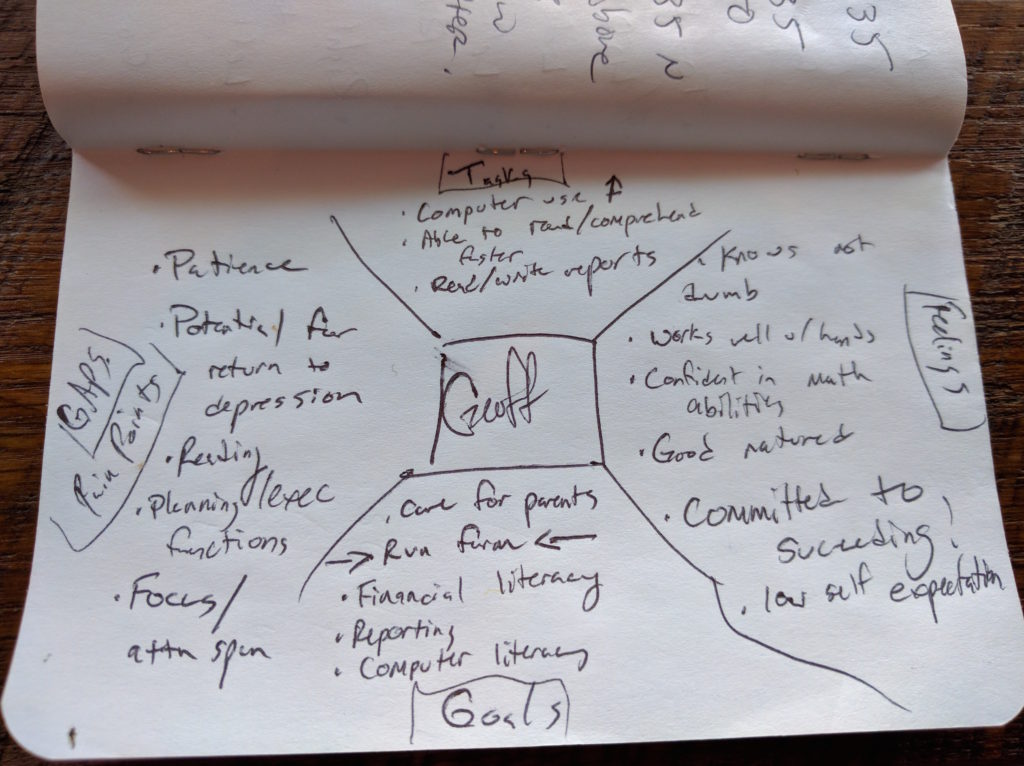I will use this space to reflect on information explored through the Instructional Design Service Course. This post will contain reflections for Module 1, part 2 . This post will be edited as I complete Module 1, Part 2.
Module 1 focuses on understanding the learners we will be designing instruction for. These learners are adults whom have dropped out of primary or secondary education, and dropped back in as adults.
Module 1, part 2 has a focus on the general aspect of Adult Basic Education (ABE for short). ABE has a focus on GED/High School Diploma level education, as well as technical and career-focused education for adults.
As an introduction to the concept (and the importance of ABE), the course starts off with a video from the American Institutes for Research. In this video, a large portion is focused on reasons why adults return to school. These reasons vary from correcting past mistakes, securing a job/better job, personal desire to learn, to overcome language or technological barriers, or other reasons.
One of the stories in the video mentions that one reason these adults return to school is to be able to help their children or grandchildren with their homework. This makes me wonder about the movement in public schools away from homework – without the students having homework, would these adults have realized that they needed to return to school to get their credential? Things to consider going forward, in terms of the larger picture of education, I suppose.
The activity in this part of the module focused on creating an empathy map – a method to help the designer organize relevant and important information related to the individual we are exploring to design relevant instruction. My empathy map focuses around Geoff, who wants to gain the skills necessary to run his parents farm.
 Based on the dossier on Geoff, we can see that he wants to succeed – but he has reservations on his own ability. A major portion of the design for Geoff will focus on appropriate materials – he needs materials which will not seem condescending (not geared for children), help him with executive function tasks, and above all, allow for patience and understanding.
Based on the dossier on Geoff, we can see that he wants to succeed – but he has reservations on his own ability. A major portion of the design for Geoff will focus on appropriate materials – he needs materials which will not seem condescending (not geared for children), help him with executive function tasks, and above all, allow for patience and understanding.
While this specific approach to trying to understand the learner is similar to others I have done in the past, it is also a bit less focused. Going through it, I feel as though there is a bit too much assuming in much of this (though I have done my best to avoid doing just that, to try and keep any personal judgments out of it). One of the harder things an instructional designer must do is avoid having any pre-dispositions or judgments (as was discussed in the Module 1, Part 1 reflection).
I think that when time permits, I would like to try this part of the activity again, but under a different framework. If I find one that I have used or like, I’ll be sure to add it here.